Minto’s Island Ranch: From Hops Fields to Industrial Settling Ponds to Park
I have a problem that I haven’t been able to solve. The Willamette Heritage Center has a number of photographs depicting the Minto family’s hop yards and dryers. Lacking a good aerial photograph or sufficiently detailed maps, I’m having a real hard time pinpointing exactly where the hops fields, dryers and warehouses stood within the 300 plus acres the family owned. I know it is a long shot, but do any readers out there have memories of picking hops on Minto’s Island?
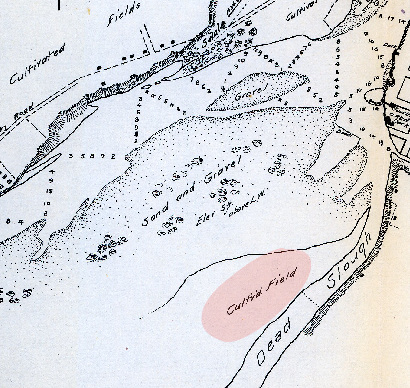
1896 Government Survey map. WHC Collections 73.1.13.1. Published House of Representatives 55th Congress 2d session Document No. 20 Survey of Willamette River, Opposite Salem, Oreg. From survey made by George W. Freeman Asst. Engineer under direction of Capt. W.L. Fisk, Corps of Engs. Note mark for “cultivated field.
Although the Minto’s family’s name is synonymous with the place today, they were the twelfth “possessors” as Minto writes in a 1915 memoir. [1] Minto’s claim skims over the fact that the place was part of the ancestral lands of the Kalapuya peoples, since time immemorial. Euro-American claims to the approximately 300 acres that make up the northern most part of Minto-Brown Island Park (today the area sitting north of the Red Osprey Loop Trail) date back only to 1852, when Octavius Pringle “settled his claim” there under the federal Donation Land Claim Act. [2] Minto purchased the property from the spectacularly named D.W. and Wealthy L. Craig in 1869 for $3000 dollars.[3]
English immigrant and 1844 Oregon Trail traveler[4] John Minto (1822-1915) wore a lot of hats during his life – coal miner,[5] militiaman[6], logger, 49er, [7] politician, writer, historian, nemesis of John Muir– but the important ones for this story are farmer and rancher. [8], [9] , [10] The property, described in the 1869 deed as “the island,” [11] was logged and converted for agricultural use under Minto’s ownership. Writing in 1915, Minto described the island farm as producing timber, alfalfa, corn, oats, potatoes, hops and loganberries, hogs, wool and breeding sheep.[12] With the property’s proximity to the city of Salem, Minto’s vision for its future was as “market garden land” – or a place where fresh, readily perishable produce was grown for direct and quick sale in nearby urban areas.
The Minto family built a series of three houses (821, 835, 841 Saginaw Street) on the bluff above the island (out of the frequent flooding on the low elevation island sandwiched between the Willamette River and the Willamette Slough) and installed a ferry across the slough for quick access to the island.[13] Barns, warehouse buildings, and hop dryers were built on the island property itself.
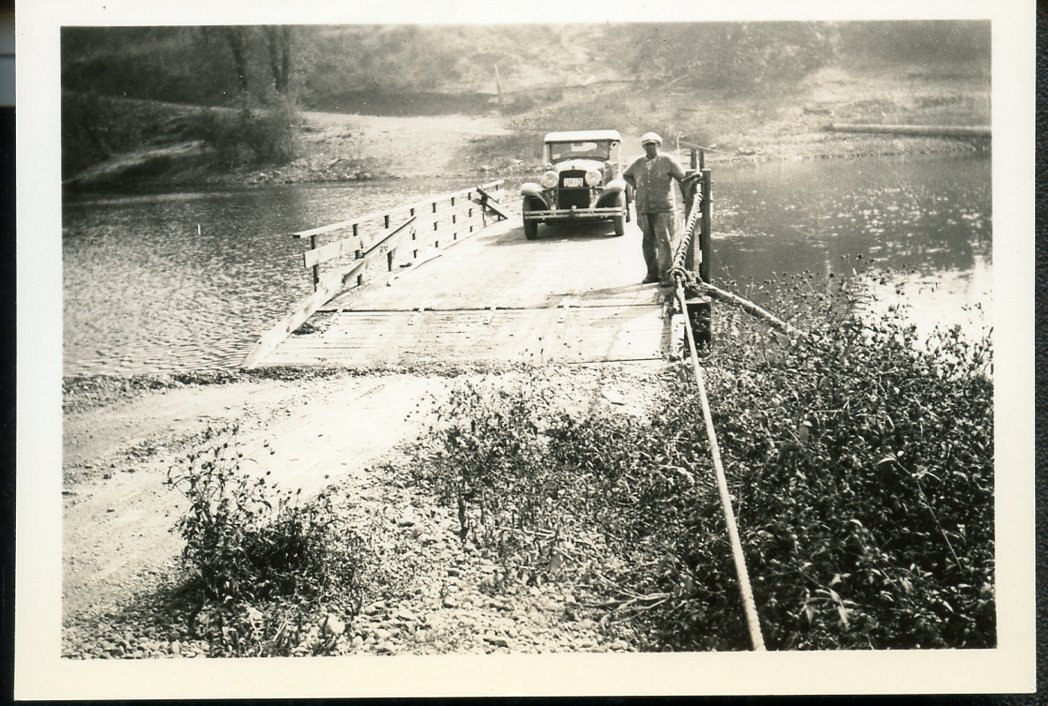
Pull ferry used to span the Willamette Slough to access Minto’s Island. WHC Collections 1997.014.0079.
Hops were cultivated on the island farm as early as 1895, when John Minto’s son Douglas and business partner George Waters put in 37 acres on the island property.[14] If Waters’ name sounds familiar to you, it may be because he is the namesake to another Salem landmark – Waters Field home to the Salem Senators and Salem Dodgers baseball teams from 1940 -1966. Compared to other hop yards in the valley the Minto Island yard was not expansive, but it still appears to have employed between 150 – 200 pickers every late August/Early September.[15] A 1904 newspaper article claimed that most of the harvesters were “town people, only one or two tents being on the ground” and estimated that the entire harvest would take 10 days work. Describing the Hop Yard work environment the reporter continues: “Hop picking is enjoyed by young and old…the hop yard is a jolly place to go, and all formalities are cast to the winds. Some people are out to get all the money they can, but the most of them are after a good time, together with a few dollars…All kinds of costumes are in evidence, and the sun gives a glow to the cheeks and imparts a rosy tint to the lips that paint and costmetics [sic] would fail to do. Hop picking affords many people an opportunity to get out and rusticate, and at the same time earn considerable money.”[16] All ages indeed. John Minto notes in his memoirs that the profits from the yard were “very largely distributed in wages and giving industrial encouragement to many children.”[17]
Hops were not the only product. A 1914 Capital Journal article notes that Douglas had been “allowing his porkers to run about the big island just as they please,” and describes the farm as a “combination Hop and Hog ranch.”[18]
John Minto died in 1915. It appears his sons John, Harry and Douglas took over the farm operations from their father and operated under the name Minto Brothers until Douglas bought out his brothers’ interests in 1920. After Douglas’ death in 1942,[19] the hop yard appears to have a few more seasons,[20] until the property was sold by Douglas’ son and daughter-in-law to the Oregon Pulp and Paper Corporation (forerunner of Boise Cascade) in 1946[21] for use as settling and aeration ponds for industrial waste.[22]
In 2013, the city of Salem purchased most of what was Minto’s Hop ranch from Boise Cascade to serve as a conservation area.[23]
Do you have memories of picking hops out on Minto’s Island? We’d sure love to hear them!
This article was written and researched by Kylie Pine and first published in the Statesman Journal in December 2021. It is reproduced here with citations for reference purposes.
Citations
[1] Minto, John. Rhymes of Early Life in Oregon.” Salem, Oregon: Statesman Publishing Co., 1915. https://ir.library.oregonstate.edu/concern/defaults/9w032450w
[2] For settled claim date see Genealogical Material in Oregon Donation Land Claims Volume 1. Abstracted from Applications by the Genealogical Forum of Portland, Oregon, 1957. WHC Collections 2019.034.0002. See also Marion County Deed Records, Volume 11 pg 368. Available for free viewing with free FamilySearch Account here. Which lists the property in reference to the Pringle Donation Land Claim.
[3] See also Marion County Deed Records, Volume 11 pg 368. Available for free viewing with free FamilySearch Account here. Also 1869 date matches Minto, John. Rhymes of Early Life in Oregon.” Salem, Oregon: Statesman Publishing Co., 1915. https://ir.library.oregonstate.edu/concern/defaults/9w032450w.
[4] Lang, Herbert O. History of the Willamette Valley. Portland, OR: G.H. Himes, 1885, Pg 626 https://babel.hathitrust.org/cgi/pt?id=loc.ark:/13960/t9960qk2d&view=page&seq=650&skin=2021&q1=John%20Minto
[5] Lowe, Beverly Elizabeth. John Minto: Man of Courage 1822-1915. Salem: Kingston Price Company, 1980, pg 9.
[6] Lowe, Beverly Elizabeth. John Minto: Man of Courage 1822-1915. Salem: Kingston Price Company, 1980, pg 65.
[7] Lowe, Beverly Elizabeth. John Minto: Man of Courage 1822-1915. Salem: Kingston Price Company, 1980, pg 65.
[8] Lang, William L. “John Minto 1822-1915” Oregon Encyclopedia. https://www.oregonencyclopedia.org/articles/minto_john_1822_1915_/
[9] Lang, Herbert O. History of the Willamette Valley. Portland, OR: G.H. Himes, 1885, Pg 626 https://babel.hathitrust.org/cgi/pt?id=loc.ark:/13960/t9960qk2d&view=page&seq=650&skin=2021&q1=John%20Minto
[10] Minto, John. Rhymes of Early Life in Oregon.” Salem, Oregon: Statesman Publishing Co., 1915. https://ir.library.oregonstate.edu/concern/defaults/9w032450w
[11] See Marion County Deed Records, Volume 11 pg 368. Available for free viewing with free FamilySearch Account here. Also 1869 date matches Minto, John. Rhymes of Early Life in Oregon.” Salem, Oregon: Statesman Publishing Co., 1915. https://ir.library.oregonstate.edu/concern/defaults/9w032450w.
[12] Minto, John. Rhymes of Early Life in Oregon.” Salem, Oregon: Statesman Publishing Co., 1915. https://ir.library.oregonstate.edu/concern/defaults/9w032450w
[13] Read more about the history of the house in the National Register Nomination form. A copy can be accessed through the Oregon Historic Sites Database: https://heritagedata.prd.state.or.us/historic/index.cfm?do=v.dsp_siteSummary&resultDisplay=45822. Select NR Nomination/Inventory Form.
[14] “Notes from the Hop Fields.” Oregon Statesman 24 Aug 1895 pg 4: Douglas Minto and George Waters the tobacconists, have thirty-seven acres in hops on Minto’s island, just above this city and experience hop men say that the yield will run from 1700 to 1800 pounds to the acre and that the hops are the healthiest looking of any in the Willamette valley, especially when it is considered that this is the first year of their picking. These gentlemen have 150 pickers engaged to begin operations about September 2d. Their yards are free from vermin, which is greatly to their favor. They have constructed two 30-foot kilns with the necessary warehouses and are well equipped for business. Their crop is not contracted and they are in a position to demand top prices.
[15] See notations about pickers: “Notes from the Hop Fields.” Oregon Statesman 24 Aug 1895 pg 4 – 150 pickers beginning September 2nd; “Picking Hops” Weekly Oregon Statesman 02 Sept 1898 pg 7 200 pickers starting about Sept. 1; “Fifty Hop Pickers” Oregon Statesman 12 Aug 1900 pg 5 50 pickers.; Picking at Minto Hop yard. Capital Journal 06 Sept 1904 pg 6 150 pickers; “Island Yard Begins Thursday.” Oregon Statesman 05 Sept 1905 pg 5; “Hop picking to Start” 21 Aug 1926 Oregon Statesman Newspaper page 5 – start August 23rd; WANTED-Help. Capital Journal 22 Aug 1934 pg 7; Wanted-Help. Capital Journal 24 Aug 1940 pg 11; Hop Pickers Wanted. Oregon Statesman 21 Aug 1945 pg 8
[16] Picking at Minto Hop yard. Capital Journal 06 Sept 1904 pg 6
[17] Minto, John. Rhymes of Early Life in Oregon.” Salem, Oregon: Statesman Publishing Co., 1915. https://ir.library.oregonstate.edu/concern/defaults/9w032450w
[18] “Dollars Run Wild on Minto’s Island – Hops Good.” Capital Journal 08 Jun 1914 pg 3
[19] Obituary of Douglas C. Minto. Capital Journal 13 April 1942 pg 1
[20] Hop Pickers Wanted. Oregon Statesman 21 Aug 1945 pg 8
[21] Marion County Deed Records, direct Index.
[22] “Its either the air of the water.” Capital Journal 14 Sept 1956 pg 11; Hayes, John. “Boise Cascade Mill’s Waste to Irrigate Croplands.” Statesman Journal 03 April 1977 pg 18
[23] City of Salem information on Minto Brown Island Park and Conservation area here: https://www.cityofsalem.net/Pages/minto-brown-island-park.aspx



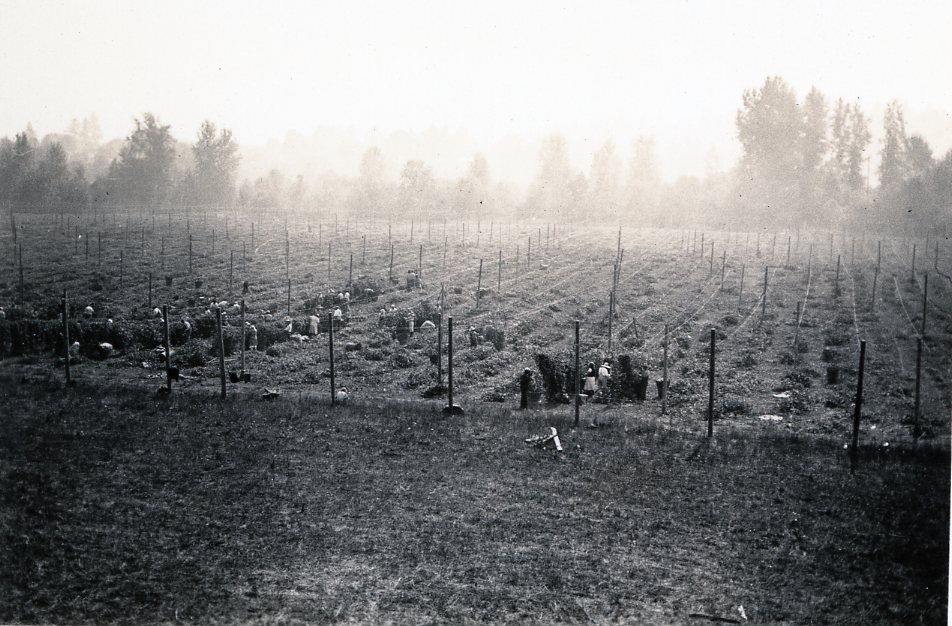
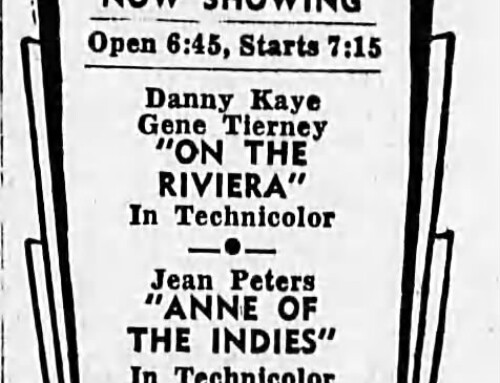
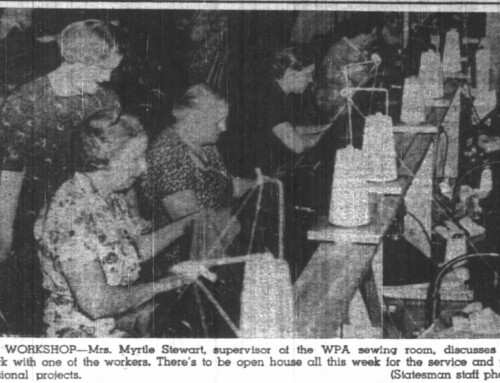
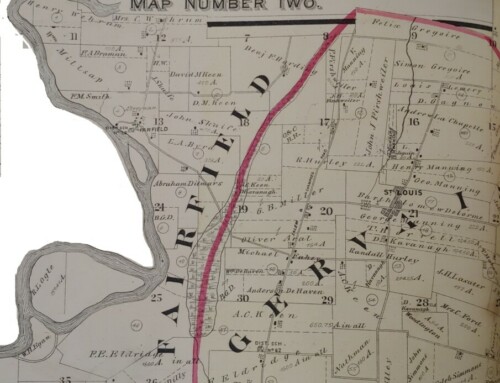

Leave A Comment